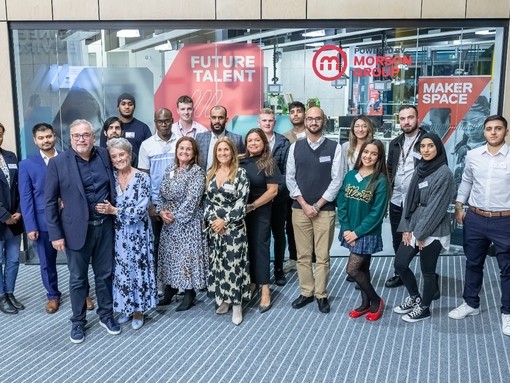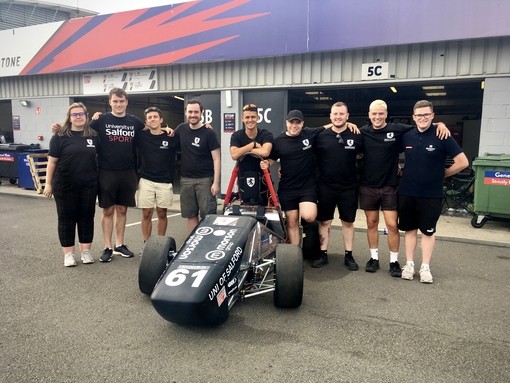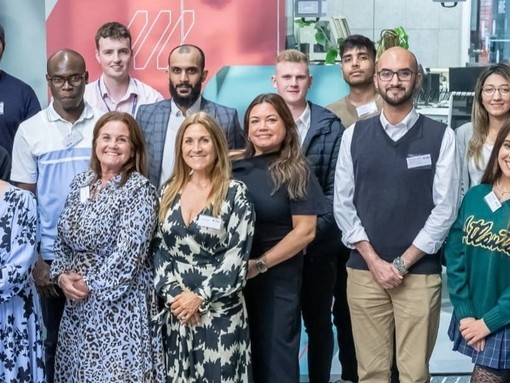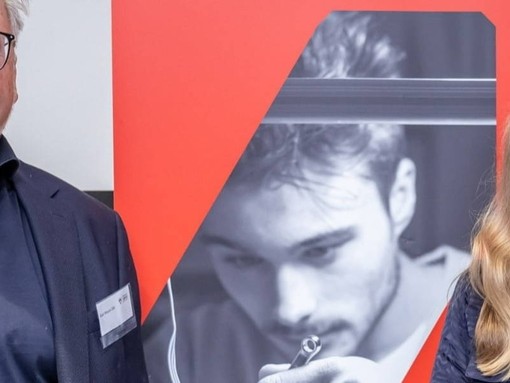
Primary Engineer: Shoe boxes, string and a hands-on day of learning
Contents
Every day is a learning day in any dynamic business, but the classroom came to Morson’s boardroom for real when 10 teachers from eight Greater Manchester primary schools joined engineers from Morson projects for a Primary Engineer workshop.

Table-top rail engineering
Primary Engineer is an educational, not-for-profit organisation that engages primary and secondary school pupils and teachers with engineering businesses, skills and technology. As part of the Morson STEM Foundation, our ongoing commitment to investing in the future of STEM skills, Morson has provided both funding to support Primary Engineer’s work with 10 schools, and allocated STEM ambassadors from the Morson Projects team to work with teachers and students as they explore the world of engineering.
The ten teachers arrived at Morson’s Salford HQ, each carrying a shoe box as the core raw material for a fun and interactive day of training. During the course of the day, they transformed their shoe boxes, first into a manually operated rail carriage with a break mechanism made out of string, and then into a more complex vehicle with a simple motor and electrical components.
Supported by Primary Engineer’s trainer, a former high school design & technology teacher and STEM Teacher of the Year, the teachers were taken through step-by-step instructions for building their engineering projects and repeating the project in the classroom with pupils. The teachers are responsible for a range of classes, from Year 2 (7-8 year-olds), through to Year 6 (10-11 year-olds), and there was a clear focus on making the activity accessible for all ages and abilities, as well as on health and safety, and splitting the project down into deliverable lesson periods.
Our Morson Projects engineers worked with the teachers that they will support in the classroom, having each pledged to spend three lessons with their allocated school, taking part in the activity and engaging with the children. Giving the children the chance to meet and talk to a real engineer is an integral part of the programme. It enables young people who might otherwise have no understanding of engineering, or opportunity to see engineering as a potential career path to ask questions and be inspired.
One of the teachers present, from the E-ACT Blackley Academy, who will be delivering lessons on how to engineer the shoe box rail carriage with her Year 2 class commented:
“Our school is in a deprived area where children often have limited hands-on experiences at home of making things and using even the simple equipment we’re using here to cut and glue materials. This project is perfect for enabling them to have a go, and will kick start their enjoyment of DT. It’s been really fun to make the project myself and get some tips on how to manage safety and make it enjoyable in the classroom.”

Learning in practice
With the first vehicle completed, the teachers gathered in the lobby to test out their creations, watching their vehicles move and then stop, thanks to a brake mechanism made of nothing but a piece of string. After a short break, they went on to make the next level of project, highlighting the flexibility to adopt the parts of the programme most suited to the age and ability range of each class.
Indeed for some schools, the Primary Engineer project may not be taught in the classroom, but as an after school club. As one teacher from St Mary’s RC School in Swinton fed back: “We have done the project with a Year 5 Group before and wanted to widen out the opportunity to the whole of Key Stage 2 so we’re going to offer it as an after school engineering club this time, and I will work with a colleague to deliver it.”
The value of collaboration was a theme that came across very strongly throughout the training session, with a focus on pupils working together to create their rail vehicles, and on the teachers and engineers collaborating to coach, support and inspire the children.
Another teacher, from Christ Church C of E School in Leigh, who has previously been involved in teaching a Primary Engineer project in the classroom, was pleased to find that the training added to his existing skills.
“It was a challenge for my Year 4 students last time,” he said “but we got everyone involved over a series of lessons and they really looked forward to continuing the project. I’ve picked up some great tips at today’s training, such as creating templates, which will really help every child in the classroom to engage with the activity.”
Back to school
With the training session completed, it was time for the teachers to return to school and for our Morson Projects engineers to return to the day jobs, but with a sense that they are taking an active role in developing the engineering talent of the future.
Primary Engineer works with sponsors like Morson, as well as engaging with education, to develop projects that are focused on developing the skills required by businesses.
In the meantime, no-one involved in the training will ever look at a shoe box in the same way again. Students will be able to enter their creations in a competition, and schools will be encouraged to link the engineering project to other parts of the curriculum, decorating the lid of their box (the roof of their vehicle!) to reflect the Romans or Egyptians, for example, or the natural environment, adding the arts to STEM to make STEAM.
Andy Hassall, Associate Director at Morson Projects, commented
“It was easy to see in the training session how a project like this could open up a whole new way of thinking to primary age children. I’m really looking forward to seeing what the kids can achieve in the classroom and working with the teacher to support successful learning.”
Find out more about the Morson STEM Foundation here














